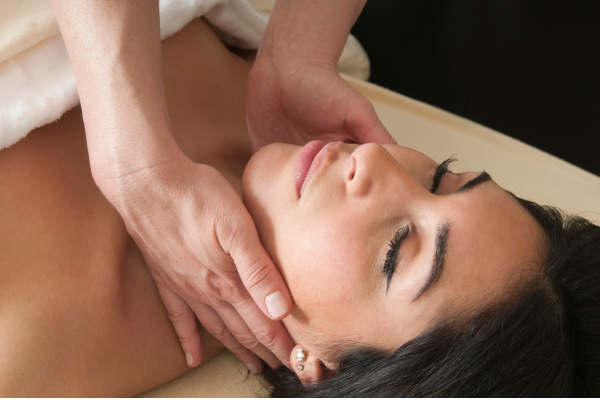Elevating Recovery: Harnessing Lymphatic Drainage Massage for Exceptional Post-Operative Care

Cosmetic surgery has become increasingly popular in recent years, with more and more people turning to it as a way to enhance their appearance and boost their self-confidence. However, one aspect that is often overlooked is the aftercare and recovery process. While most people focus on the surgery itself, it is important to also pay attention to the post-operative phase in order to achieve optimal results. This is where lymphatic massage comes in. This specialised form of massage has been gaining traction in the cosmetic surgery community for its ability to improve cosmetic surgery aftercare and recovery. In this blog post, we will explore the benefits of lymphatic massage and how it can help you achieve the best possible outcome from your cosmetic surgery.
Understanding Lymphatic Drainage Massage's Role in Post-Surgical Healing
After undergoing cosmetic surgery, the body undergoes a delicate healing process in which the lymphatic system plays a pivotal role. This intricate network aids in the removal of toxins and excess fluids, crucial for minimising swelling and facilitating recovery. While conventional aftercare practices such as compression garments and cold therapy are prevalent, lymphatic drainage massage emerges as a complementary method to expedite healing.
The Advantages of Lymphatic Drainage Massage in Post-Operative Recovery
Lymphatic drainage massage offers a comprehensive approach to post-operative care by addressing swelling, inflammation, and overall healing. Through gentle manipulation of lymphatic fluid, this specialised technique expedites the elimination of fluids, mitigates swelling, and prevents the formation of scar tissue. By harmonising with the body's innate healing mechanisms, lymphatic drainage massage creates an environment conducive to superior post-surgical outcomes.
The Procedure of Lymphatic Drainage Massage: A Guided Journey
During a lymphatic drainage massage session, clients are enveloped in a tranquil environment focused on gentle manipulation of the lymphatic system. Employing rhythmic motions and specialised techniques, our therapists facilitate fluid drainage and alleviate swelling. Sessions are meticulously tailored to individual requirements and surgical procedures, ensuring a personalized and efficacious approach to post-operative care.
Professional Counsel: Optimising Timing and Frequency
To optimise the benefits of lymphatic drainage massage, adherence to professional guidance regarding timing and frequency is paramount. Experts recommend commencing massage sessions shortly after receiving surgical clearance, with a frequency tailored to the client's healing trajectory. Our dedicated team at Care Next Door collaborates closely with clients, ensuring a bespoke approach aligned with their unique recovery journey.
Client Testimonials: Experiencing the Impact of Lymphatic Drainage Massage
Client testimonials resonate with the transformative effects of lymphatic drainage massage in post-surgical recovery. From diminished swelling to heightened comfort, individuals affirm the profound benefits of integrating this modality into their aftercare regimen. These firsthand experiences underscore the tangible impact of lymphatic drainage massage in optimising outcomes and fostering a smoother recovery journey.
Embrace Superior Aftercare with Care Next Door
At Care Next Door, we advocate for a holistic approach to post-cosmetic surgery care, recognising the pivotal role of lymphatic drainage massage in enhancing recovery. By incorporating this specialised technique into your aftercare regimen, you embark on a proactive path toward a smoother healing journey and unlock the full potential of your cosmetic enhancement experience. Reach out to us today to commence your journey toward superior recovery and optimal results.




